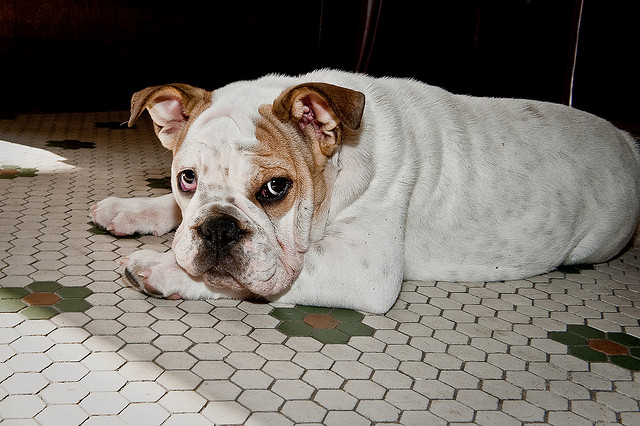 New report claims women journalists have a long way to go in closing the gender pay gap.
New report claims women journalists have a long way to go in closing the gender pay gap.
German newspaper Bild was in a giving mood this International Women’s Day. While providing 300 female staffers with the day off, the paper’s male staff members made the decision to drop their 28-year tradition of stocking the front page with scantily clad or nude women. In light of a March report showing that female journalists in the European Union (EU) are paid 17 percent less than their male counterparts, perhaps Bild’s gesture would have been more apt had they simply paid their female journalists more money.
The International Federation of Journalists (IFJ) released the report early this month in order to raise awareness about the increasing pay gap in journalism. IFJ General Secretary Beth Costa says, “The struggle for equality in media remains the reality, [this] report proved that little progress has been made to end [the] gender pay gap.”
The global report, titled “Gender Pay Gap in Journalism” used data collected from nearly 2000 journalists from 16 countries who responded to the Wage Indicator Salary Survey from 2009 to 2011. The Wage Indicator Survey not only polled journalists on their salary amounts but also employee benefits, working hours, job satisfaction, and overall life satisfaction.
Details of the report included grim statistics that pointed to disparities in nearly all aspects of employee compensation, with 14 of the 16 nations included in the study showing that male wages were higher than female wages.
Fortunately the IFJ report is more than a collection of gloomy statistics, with the authors providing strict guidelines to follow in order to promote gender equality. Mindy Ran, chair of the IFJ Gender Council said that the report should be used as a tool, “In order to fight wage inequality – both as a weapon against those who believe the fight for equality has been won, and for policy makers, governments and trade unions to plan further.”
With nearly 40 percent of all working journalists being women, the IFJ went to lengths to show that females are not just paid less but that their benefits are lower as well, leading to increased inequality. Not surprising were the findings that women journalists described less satisfaction with their work than men in the EU and the former Soviet Union.
In Germany, where Bild is published and circulated, the discrepancies between male and female workers in all sectors have become so vast that a public debate erupted. A report published last week by the Organization for Economic Cooperation and Development found that Germany has the widest wage gap between male and female workers among all countries in the EU. The report also pointed out that Germany has far fewer female workers holding management positions in comparison to other developed nations.
With most critics charging shrinking circulation rates and a low female readership as motive behind Bild’s front-page makeover, perhaps the IFJ report will accomplish what Bild’s small gesture failed to do – promote lasting change by collecting support from governments and other prominent decision makers in order to permanently stop this problem.
Source: Gender Pay Gap in Journalism, Wage Indicator Global Report 2012. Central European Labour Studies Institute, Wage Indicator Foundation, International Federation of Journalists, 8 Mar. 2012.
Tags: Bild, Femle Journalists, Gender Equality, German Media, International Federation of Journalists, International Women's Day, Newsroom Management, Wage Gap, Wage Indicator Salary Survey














































